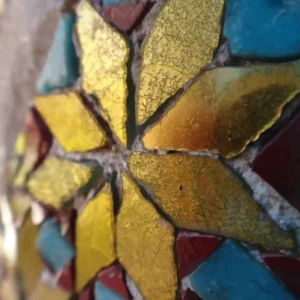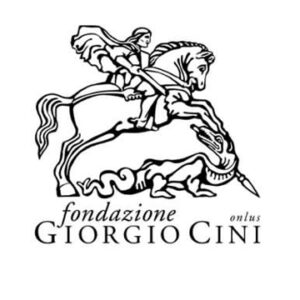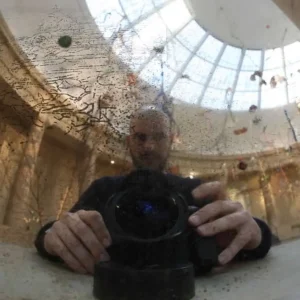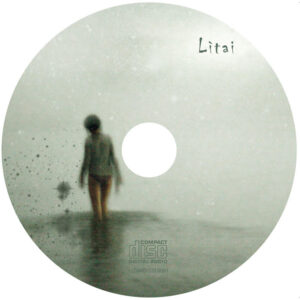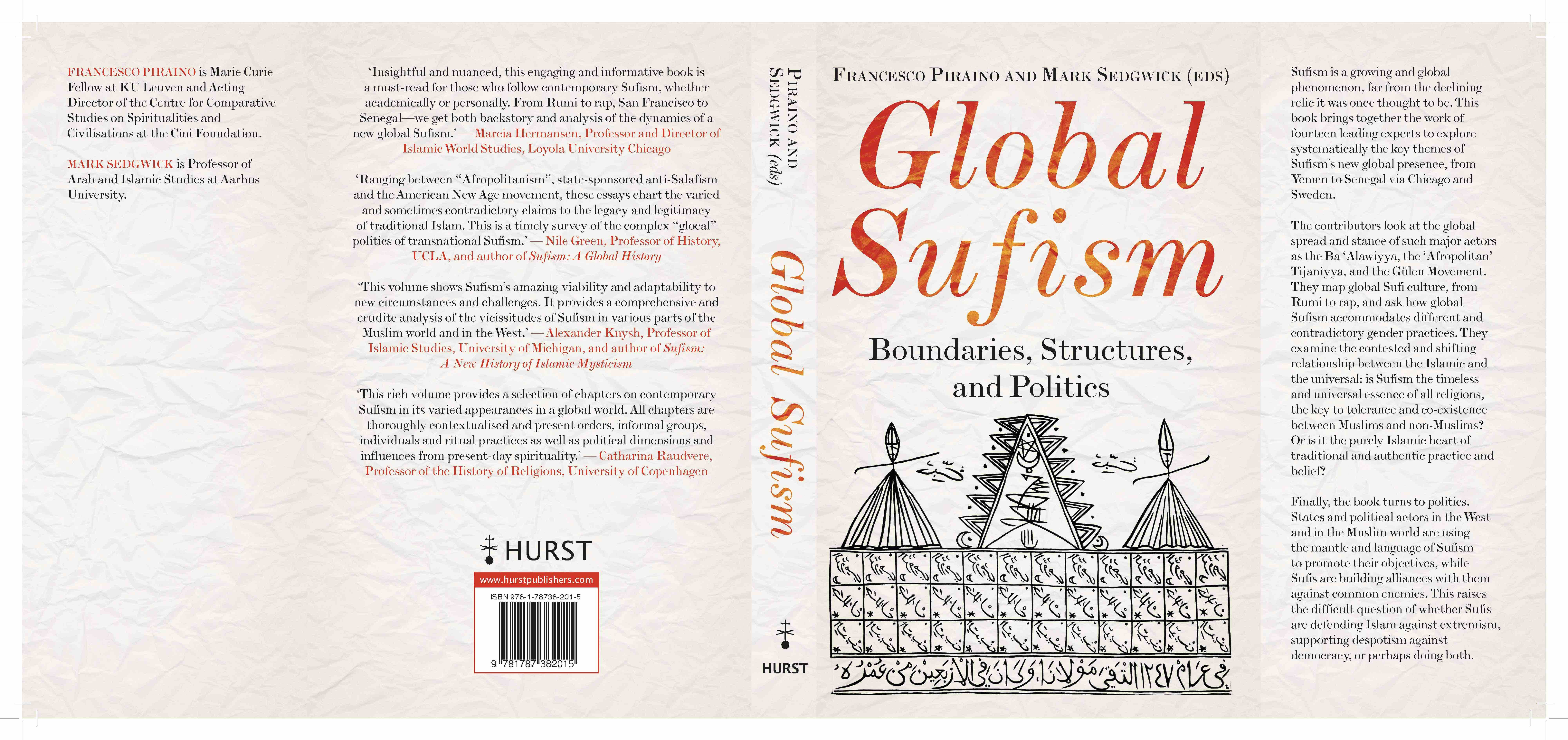I’m thrilled to present to you the book Global Sufism: Boundaries, Strucutres, and Politics that I co-edited with Prof. Mark Sedgwick. I’m particularly proud because in this book we discuss a range of quite different topics, such as rap, literature, international politics, Sufi doctrines, etc., and because this book possesses a good balance between young and confirmed scholars. Furthermore, this book is based on the first event that I organized at the Cini Foundation as Director of the “Centre for Comparative Studies of Civilisations and Spiritualities” , in November 2017. Finally, I would like to thank Rachïd Koraichi for granting the use of one of his works for book cover.
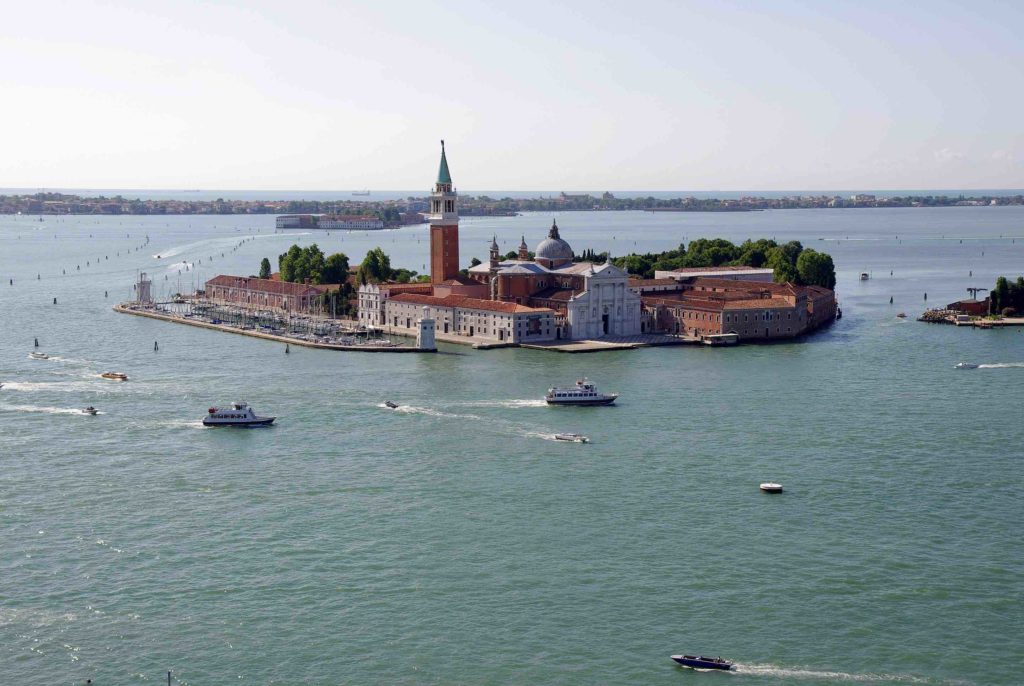
On the occasion of the Cini’s conference on Transnational Sufism, I invited Shaykh Khaled Bentounes, Sufi Master of the Darqawiyya-Shadiliyya-Alawiyya, one of the most important Sufi orders in the Mediterranean area. The idea was to have a few hours in which the public could ask questions about Islam and Sufism directly to the Shaykh, as a way to reach a wider public, beyond the academic frame. The participation both in quantity and in quality was quite positive, despite the public transportation strike reducing the numbers of boats (vaporetti) available.
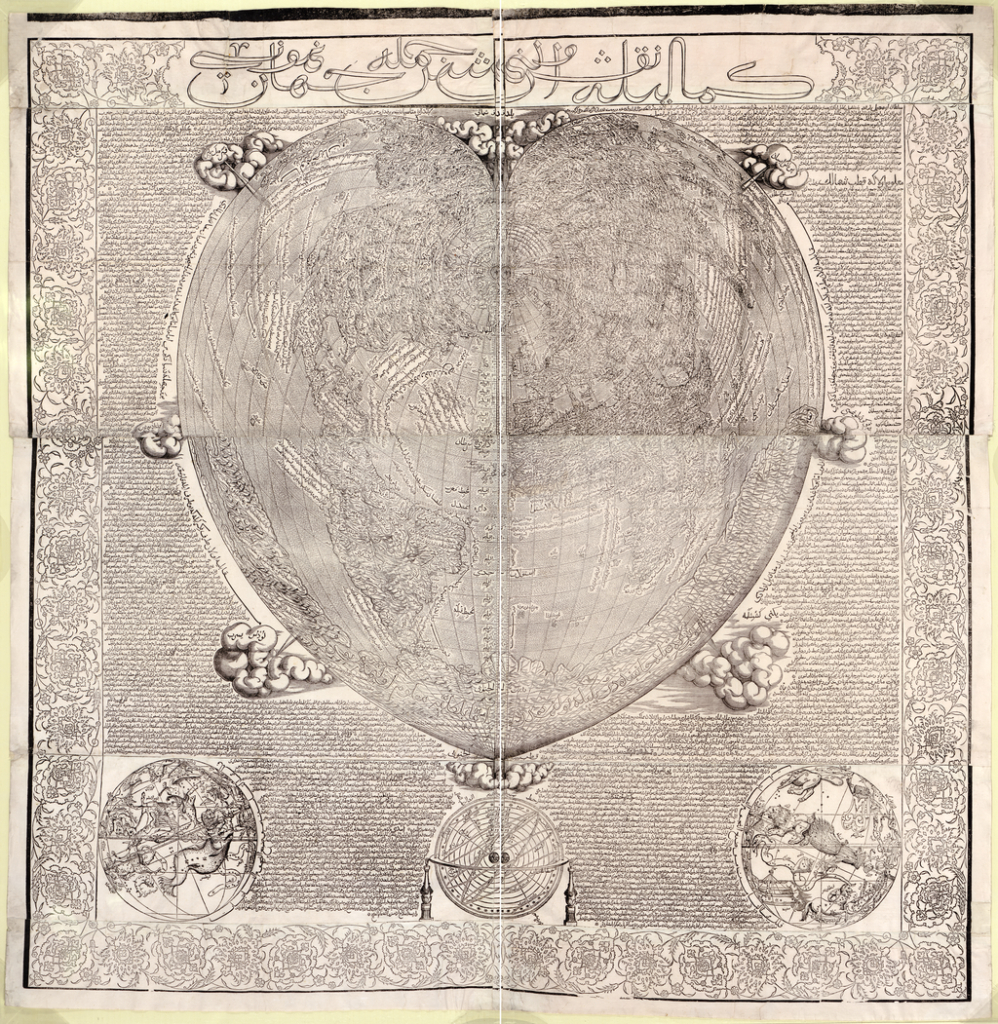
Shaykh Bentounes asked me to visit the Biblioteca Marciana with him so that he could take a look at the famous heart-shaped world map of Hajji Ahmed from the city of Tunis, conserved at the library. This map was engraved in 1559 (967 AH) in Venice on six blocks of wood, in Arabic script and the Ottoman language.
This map interested the Sufi Shaykh not only for its cartographical features and its aesthetic dimension, but also for its exciting story. In fact, around the map there is a narration of Hajj Ahmed’s adventurous life. The author of the map describes his studies in Fez (Morocco) and how he was captured by the Franks and later sold to a Venetian. In Venice he elaborated his geographical knowledge and created this masterpiece.
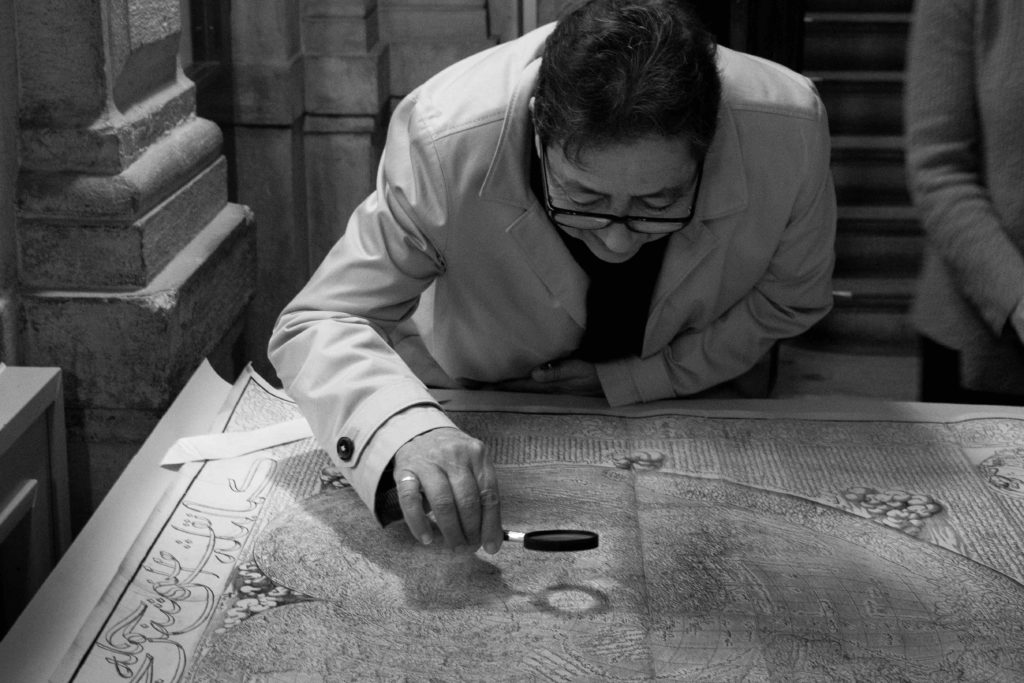
While we were appreciating and studying the map, one of the curators explained to us, using the file written by Prof. Bellingeri, that the story of Hajji Ahmed was a complete forgery.
There are no historical records about him, and most likely the map was the creation of a Venetian team composed of Giovanni Battista Ramusio (1485-1557), philosopher and geographer; Giacomo Gastaldi (1500-1566), cartographer; Michele Membré (1509-1594), Cypriot dragoman, interpreter and diplomat, who mastered Turkish and Persian; Marcantonio Giustinian (1516-1571), editor and printer;Cristoforo Nicostella da Magonza (?), German engraver; and Guillaume Postel (1510-1581), orientalist, philosopher, and esotericist.
Hajji Ahmed’s story was an ante-litteram form of marketing, useful to sell the map in the Muslim world. This is confirmed by the celebration of the Turkish language and by the Islamic piety expressed in the story. A perfect example of the Serenissima’s crafty pragmatism, which didn’t care too much about religious differences when commerce was at stake.
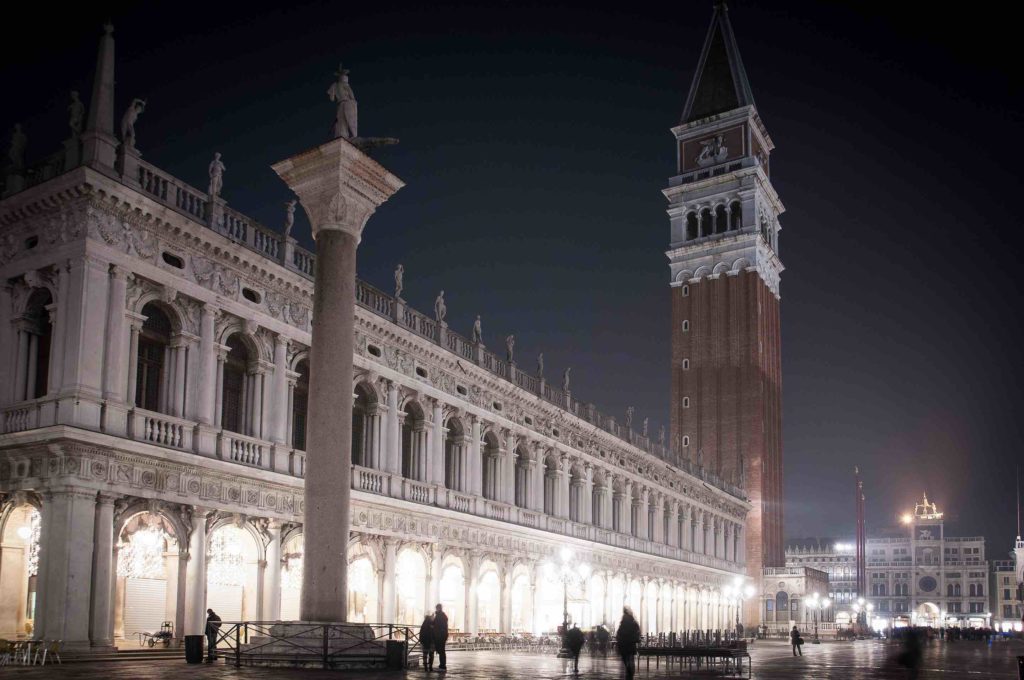
It goes without saying that the Sufi Shaykh was a little disappointed by this historical discovery. The pious and adventurous life of Hajji would have been consonant with Bentounes’ interests in interfaith and intercultural dialogues.
Coming back from the library, Bentounes told me, trying to hide his frustration in a very Sufi way, “The true is always beautiful even if we don’t like it”. On the other hand, I was quite happy for the experience; in fact, I learnt something new about my own city, thanks to an Algerian Sufi!
